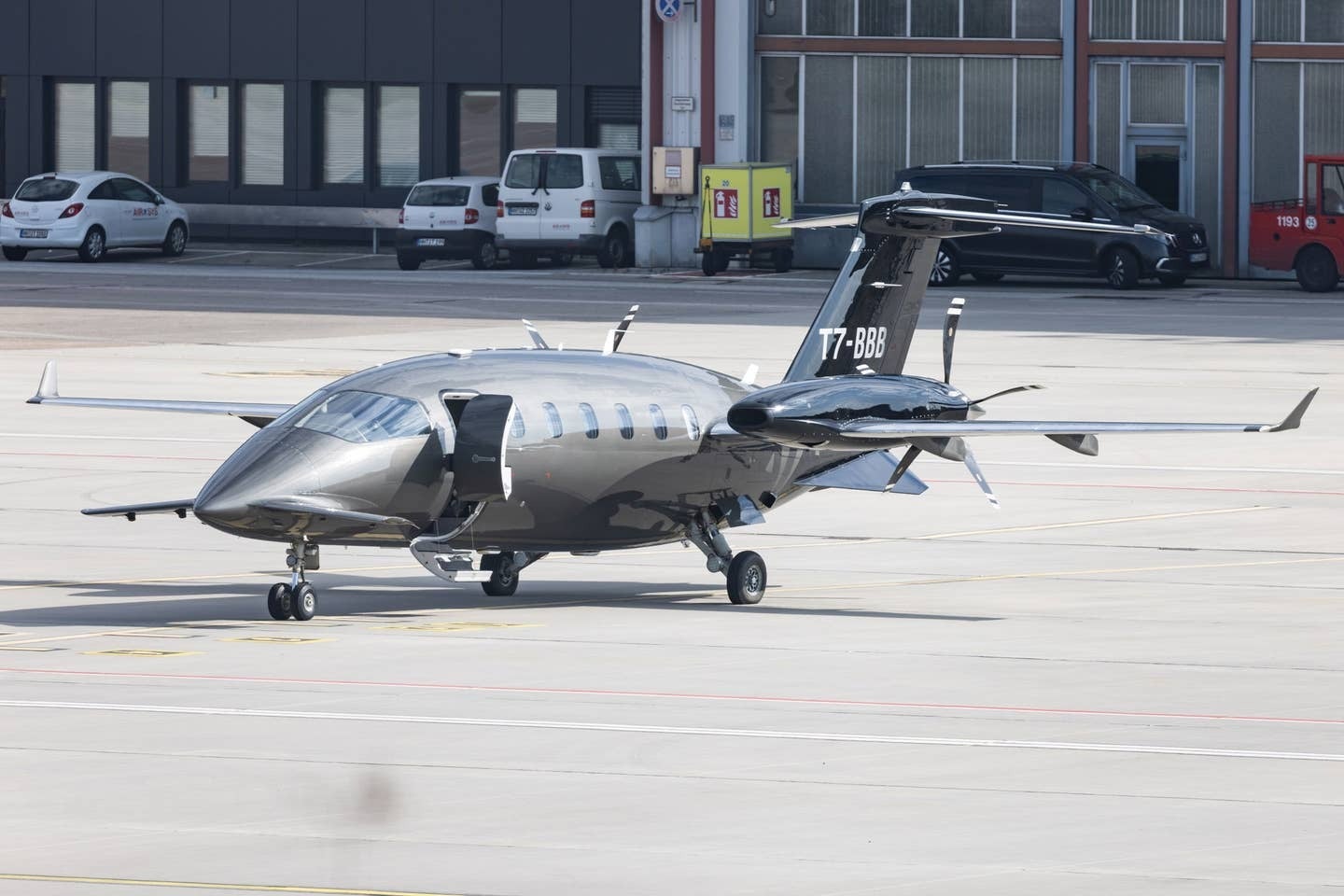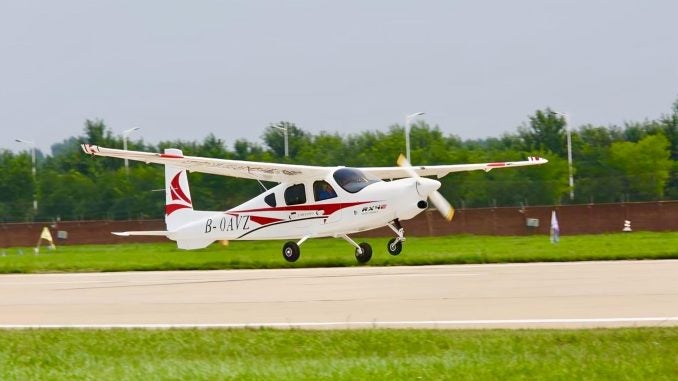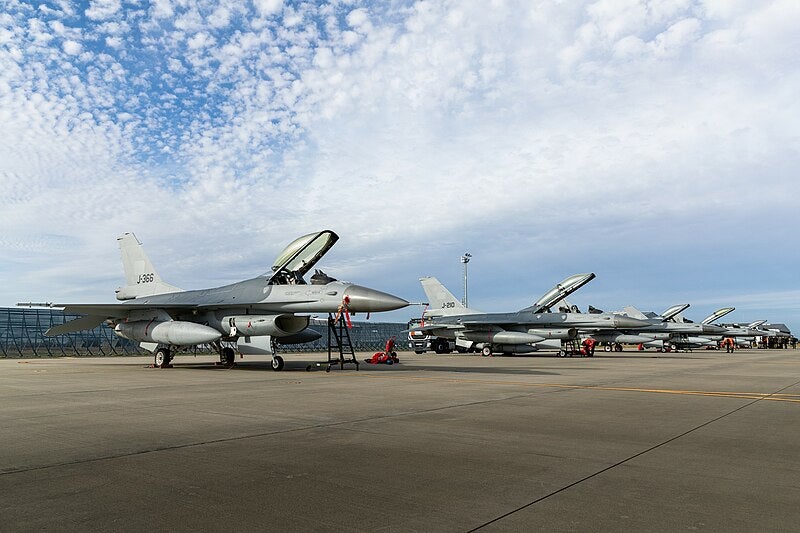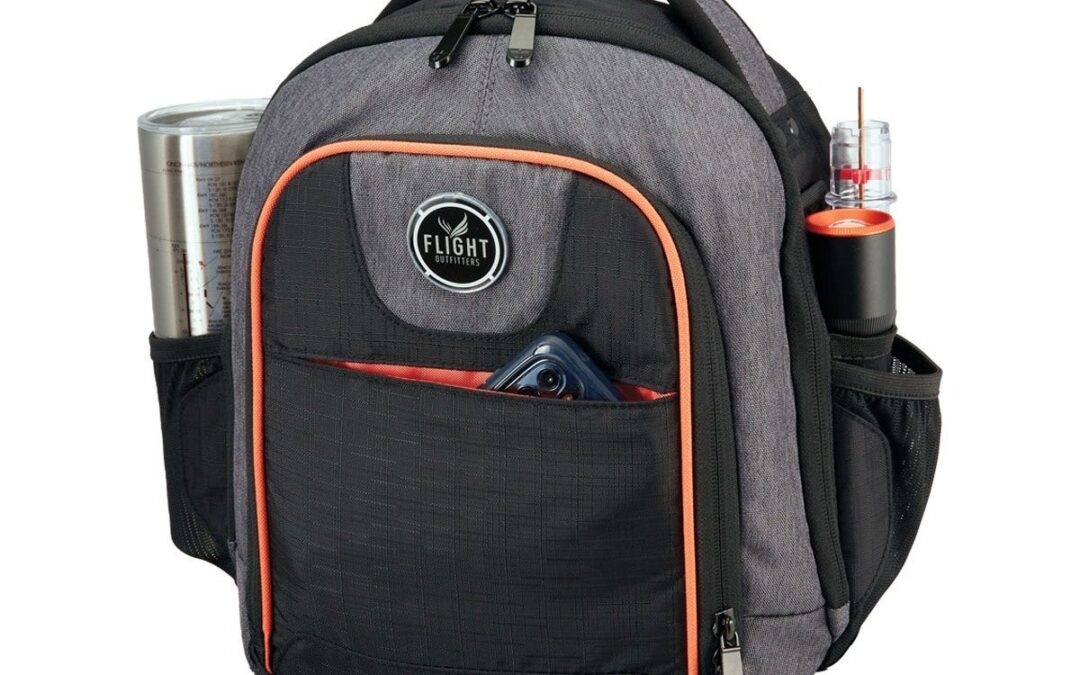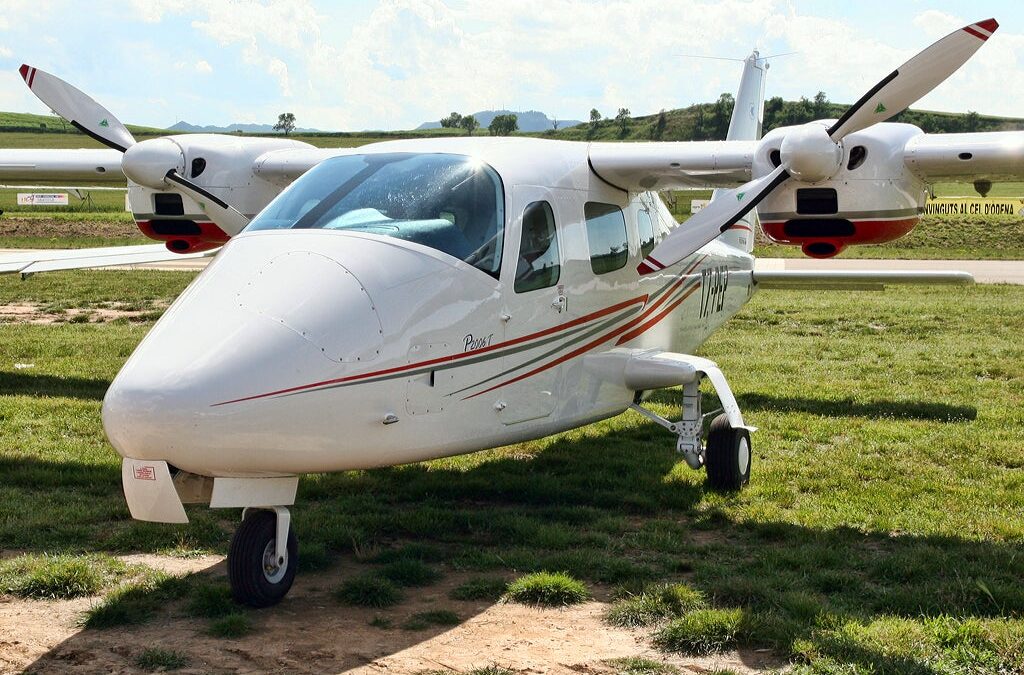You might ask what these items—cheese, wine, computers, and airplanes—have in common. Well, as they would say in the popular TV game show Jeopardy, “What are items commonly imported into the United States?”
Even as the U.S. has been known as the hub of aviation for decades, the fact is more and more prospective owners are choosing to import aircraft from other countries. According to industry analysts, the U.S. is the largest market for aircraft purchases. Of course, many manufacturers outside America see us as fertile ground for selling their aircraft. Whether those aircraft are certified fixed-wing, rotorcraft, or light-sport aircraft (LSAs), opening the market to potential buyers in the U.S. just makes good business sense.
But what’s in it for the buyers? Jeff Towers, the general counsel for TVPX Inc., a licensed U.S. customs broker that specializes in importing and exporting aircraft, tells Plane & Pilot that “certain aircraft, especially some models like the Embraer Phenom 300 light jet, are challenging to obtain in the U.S. due to limited supply. Your perfect bird may be in another country waiting to be purchased and imported.” While the reason for importing an aircraft varies significantly by each buyer, the process required remains consistent.
Also, logistically speaking, some popular aircraft manufacturers are located outside the U.S. If you glance at our northern neighbor, Canada, you will find the home of Diamond Aircraft Industries, manufacturer of the popular DA40 and the five-seat DA50RG , among others. If you want a Diamond, it must be imported directly or purchased through one of its U.S.-based authorized distributors. Either way, it is still considered an import.
And while importing an aircraft from Canada may not be fraught with the same complexities as from other countries, it still requires a customs broker and filings through U.S. Customs.
Failure to follow proper importing procedures, including using a licensed customs broker and filing all required paperwork, could result in headaches and heartaches. Not the least of which could be severe fines and the inability to register the aircraft in the U.S. with the required N-number. Failure to follow the letter of the law is not an option, nor is ignorance of it an excuse.

Towers illustrates a costly mistake where the buyer acquiring an aircraft outside of the U.S. discovered that the proper import filings from a previous import/export were not completed. In this example, the previous buyer ignored the legal obligation to complete the import process properly. When the new buyer attempted to import that aircraft, a red flag appeared during the customs intake, which highlighted the fact that a previous import did not follow the legal customs import procedure.
This created additional delays and paperwork. This also required other professionals, including legal representation, to resolve the problem before the import proceeded. It was an expensive lesson learned and one that preliminary research from experts in the field could have uncovered beforehand.
Once you have the aircraft selected, along with the details of the transaction worked out, including how the pre-purchase inspection (PPI) will be accommodated and who will be paying the transportation cost to the U.S., the next logical step will be how the aircraft is going to arrive. The choices are fairly simple: Will it be flown? Yes, a ferry pilot can fly the aircraft over the pond. And most aircraft imported from Europe wind up arriving in Bangor, Maine, as their first airport of arrival. The pilot flying needs to notify U.S. Customs and receive approval to land at the first airport. They would then meet to review all the import paperwork and related aspects of the transaction.
But why does the U.S. care about imports? The process is designed to allow importing items that are not banned. (For you Trivial Pursuit fans, the most common banned items flagged at customs are Cuban cigars).
In addition, the U.S. attempts to maintain some trade balance, which is easier said than done. The U.S. Census Bureau keeps track of the trade patterns for goods coming in or going out, as well as dollars coming in and out. Also, the import process in other countries requires duty, taxes, and the like, so paperwork is critical in maintaining the recordkeeping for tax collection and related matters.
Some exclusions in the definition of an import are also important. Let’s take an example of a popular turbine aircraft, the SOCATA TBM. If an aircraft like the TBM is brought into the U.S. for a period of less than 12 months, then it is not considered an import. As soon as the calendar hits 12 months, it is regarded as an import and would require the entire import filing to occur. This is agnostic to the manufacturer and type of aircraft. The same rules apply to all.
Hiring a licensed customs broker to assist the party who imports makes the process simpler. There also must be an importer of record (IOR). This IOR would obtain a customs bond and pay the appropriate fees to U.S. Customs. While it is not prohibitively expensive, payment still needs to be made.
Who can be an IOR? It must be someone with a financial interest in the goods or transaction. For example, it could be the owner, seller, buyer, lessor or lessee. According to Towers, if you are in a situation where you are buying and importing the aircraft, an import filing with customs is mandatory. This is required when any aircraft for import is flown into the U.S. (again, typically, airport points of arrival in the U.S. include Bangor, Maine, and Fort Lauderdale, Florida). Before an aircraft enters the States, the pilot must access the Electronic Advance Passenger Information System (eAPIS) manifest. The eAPIS allows the pilot to enter or upload passenger and crew manifests online. This manifest is a requirement.
Another method of delivery, especially for imported helicopters, is a crate. Even if the aircraft arrives in one within a ship’s container, a customs filing is still needed before the aircraft arrives at a U.S. port
Once the aircraft arrives and clears customs, it’s time for your PPI, if desired. Note to self: Don’t skip this step.
But don’t PPIs generally occur before you take delivery of an aircraft? Yes, they do. However, for imported aircraft, they almost always occur on the buyer’s home turf. This allows for an inspection by your choice of mechanic in a location best suited for the PPI for the type of aircraft you are buying.
What happens if the PPI fails the inspection? Now the aircraft is sitting in the U.S. with you, the buyer, potentially backing out of the transaction. Just like a PPI on a U.S.-registered aircraft, there may be some negotiation and give-and-take to counteract the potential high cost of mandatory repairs.

The details of what could happen and how to resolve any problems could have been written in the purchase agreement signed by seller and buyer. An aviation attorney with expertise in importing aircraft would be highly recommended for overseeing transactional aspects of the purchase.
In any case, if the inspection turns up something that is a deal killer and the transaction falls apart, the seller will likely need to have the aircraft returned to their home base. Keep in mind that if the seller intends to keep the aircraft for 12 months or more back where it was shipped from, then it would have to be exported back to that country. Kind of a reverse process of the original import.
So, is it really worth the effort and cost to purchase an aircraft out of the country and have it imported into the United States? It most definitely could be. Even factoring in the approximate cost of $5,000 for the expenses associated with importing an aircraft (not including shipping costs), which include the customs broker fees, customs bond fees, user fees, and the like, along with the fees for the broker, there still could be a great economic benefit for buying out of the country and importing to the U.S. In addition to that, the availability of the aircraft of your dreams might be sitting across one of the many borders that allow exportation to the U.S. That’s certainly worth looking into.
So, when you are carving up that imported cheese on your charcuterie board, sipping that French wine, remember it’s not just that experience that will bring a smile to your face. Nope. It’s probably that one-of-a-kind aircraft you absolutely gotta have from a country far, far away, made possible by importing. Now, pass me that provolone, and let’s add another, albeit larger and more expensive, import to your list of things that make you happy.
Editor’s Note: This article first appeared on Plane & Pilot.
The post What to Know When Importing That Perfect Bird appeared first on FLYING Magazine.

